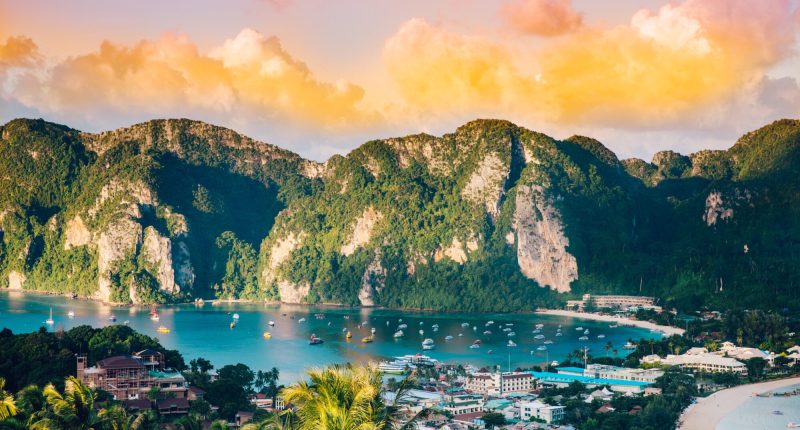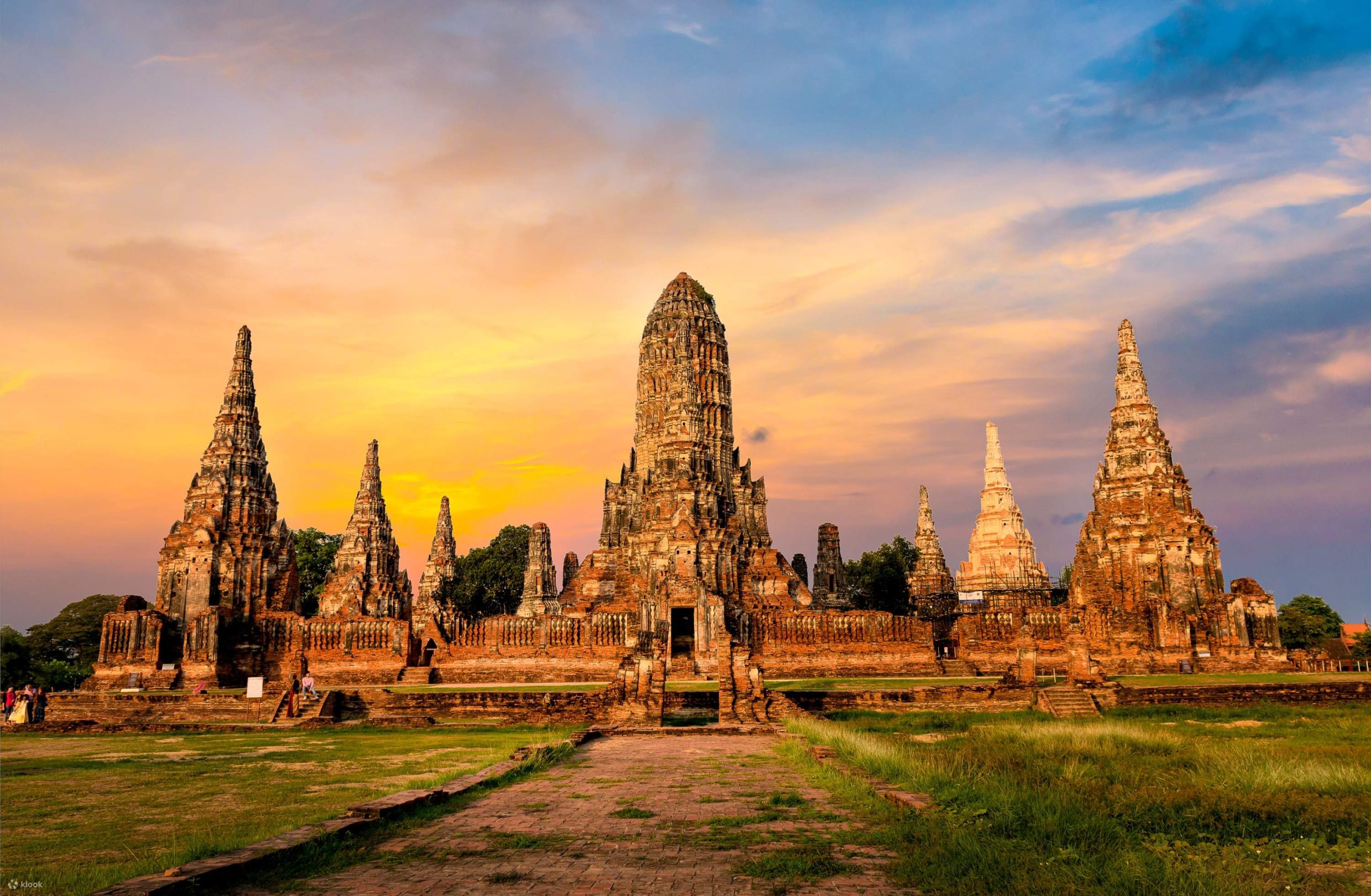Planning a trip to Thailand involves more than just choosing the right destinations; picking the best time to visit is crucial for getting the most out of your journey. Thailand’s weather, festivals, and tourist seasons can vary, so here’s a guide to help you decide when to plan your perfect trip.
How to Choose the Best Time to Visit Thailand
Thailand is a year-round destination, but certain times of the year may be better depending on your travel preferences. This guide breaks down the seasons and offers insights to help you choose the best time to visit Thailand.
Understanding Thailand’s Climate
Thailand has a tropical climate, which means that the weather is generally warm throughout the year, but the country experiences three main seasons.
Cool Season (November to February)
The cool season is considered the best time to visit Thailand, especially for outdoor activities and sightseeing. Temperatures range from 20°C to 30°C (68°F to 86°F), making it perfect for exploring temples, national parks, and enjoying the beaches.
- Pros: Pleasant weather, less humidity, and many festivals.
- Cons: Peak tourist season, which can lead to higher prices and crowded destinations.
Hot Season (March to May)
The hot season can bring temperatures of up to 40°C (104°F), especially in central and northern Thailand. While this period can be uncomfortable for some, it’s great for beach lovers looking to relax on the islands.
- Pros: Ideal for beach destinations and water activities.
- Cons: Intense heat in cities like Bangkok and Chiang Mai can be overwhelming for sightseeing.
Rainy Season (June to October)
The rainy season brings heavy showers, especially in southern and eastern Thailand. While the weather can be unpredictable, the country is lush and green during this time, and it’s the best season for budget travelers.
- Pros: Fewer tourists, lower prices, and beautiful landscapes.
- Cons: Rain may disrupt outdoor plans, and some islands may be less accessible.
Best Time to Visit Thailand Based on Activities
Your ideal travel time to Thailand will also depend on what activities and experiences you’re looking forward to during your trip.
Beach and Island Hopping (November to April)
For those dreaming of pristine beaches and crystal-clear waters, the best time to visit is during the dry season between November and April. Popular beach destinations like Phuket, Koh Samui, and Krabi enjoy sunny skies and calm seas during this period.
Trekking and Adventure (November to February)
For trekking and outdoor adventure enthusiasts, the cool season is the best time to visit Northern Thailand. Cities like Chiang Mai and Pai are perfect for hiking, biking, and visiting hill tribes. The weather is cooler, making long hikes more enjoyable.
Festivals and Cultural Experiences (November to April)
Thailand’s rich culture comes to life during its many festivals. If you’re eager to experience local traditions, visit during:
- Loy Krathong and Yi Peng (November): These festivals light up the night sky with floating lanterns.
- Songkran (April): Thailand’s famous water festival, held to celebrate the Thai New Year.
- Chinese New Year (January or February): A lively celebration in places like Bangkok’s Chinatown.
Peak Season vs. Off-Peak Season
The number of tourists in Thailand fluctuates throughout the year, impacting prices, crowd levels, and overall travel experience.
Peak Tourist Season (November to February)
As this is the best weather period, it is also Thailand’s peak tourist season. Expect crowded beaches, busy temples, and higher prices for hotels and flights. If you plan to visit during this time, booking in advance is essential.
- Tip: Head to less touristy areas like Hua Hin or Koh Lanta to avoid large crowds.
Off-Peak Season (June to October)
Thailand’s rainy season is ideal for travelers seeking a quieter experience and better deals on accommodation and flights. While there may be occasional downpours, the country is less crowded, and you’ll often have popular tourist spots to yourself.
- Tip: Visit destinations like Koh Samui or Pattaya during this time, as they experience less rainfall compared to other regions.
Regional Weather Differences in Thailand
Thailand’s weather can vary depending on the region, so it’s important to consider where you’ll be spending most of your time.
Northern Thailand (Chiang Mai, Chiang Rai)
- Cool Season (Nov–Feb): Ideal for trekking and exploring temples.
- Hot Season (Mar–May): High temperatures make outdoor activities more challenging.
- Rainy Season (Jun–Oct): Lush landscapes, but heavy rain can make travel difficult.
Southern Thailand (Phuket, Koh Samui, Krabi)
- Dry Season (Nov–Apr): Best for beach lovers, with calm seas and sunny skies.
- Wet Season (May–Oct): Rainfall can vary, but islands like Koh Samui still offer good weather.
Central Thailand (Bangkok, Ayutthaya)
- Cool Season (Nov–Feb): Perfect for city tours and cultural exploration.
- Hot Season (Mar–May): Extremely hot and humid, making sightseeing difficult.
- Rainy Season (Jun–Oct): Frequent rain showers but manageable for city tours.
Conclusion: The Best Time to Visit Thailand
Choosing the best time to visit Thailand depends on your preferences. Whether you want to soak up the sun on Thailand’s beautiful beaches or explore the rich cultural heritage in cooler weather, there’s a perfect time for every traveler. If you prefer fewer crowds and lower prices, consider visiting during the off-peak rainy season.









